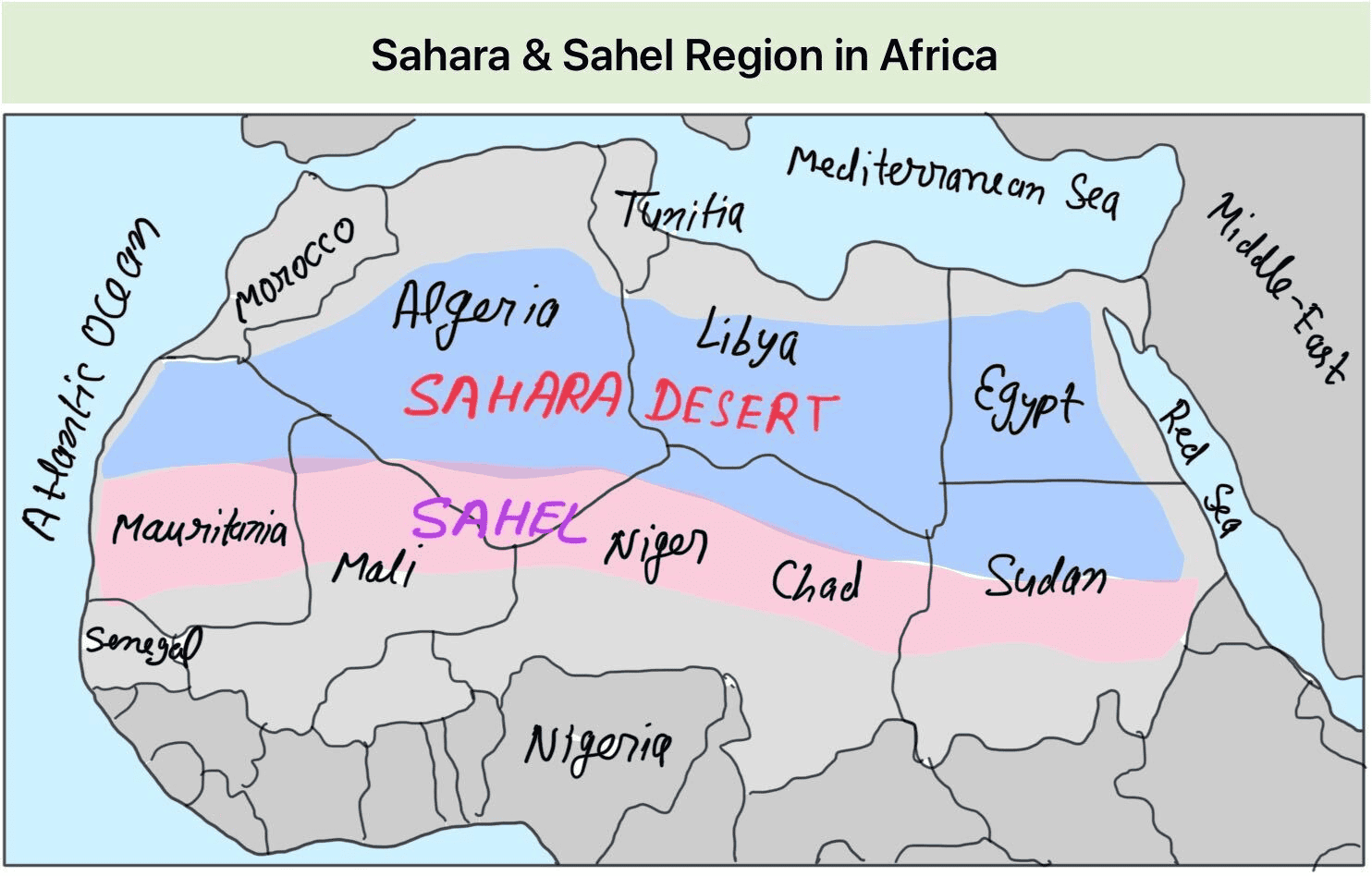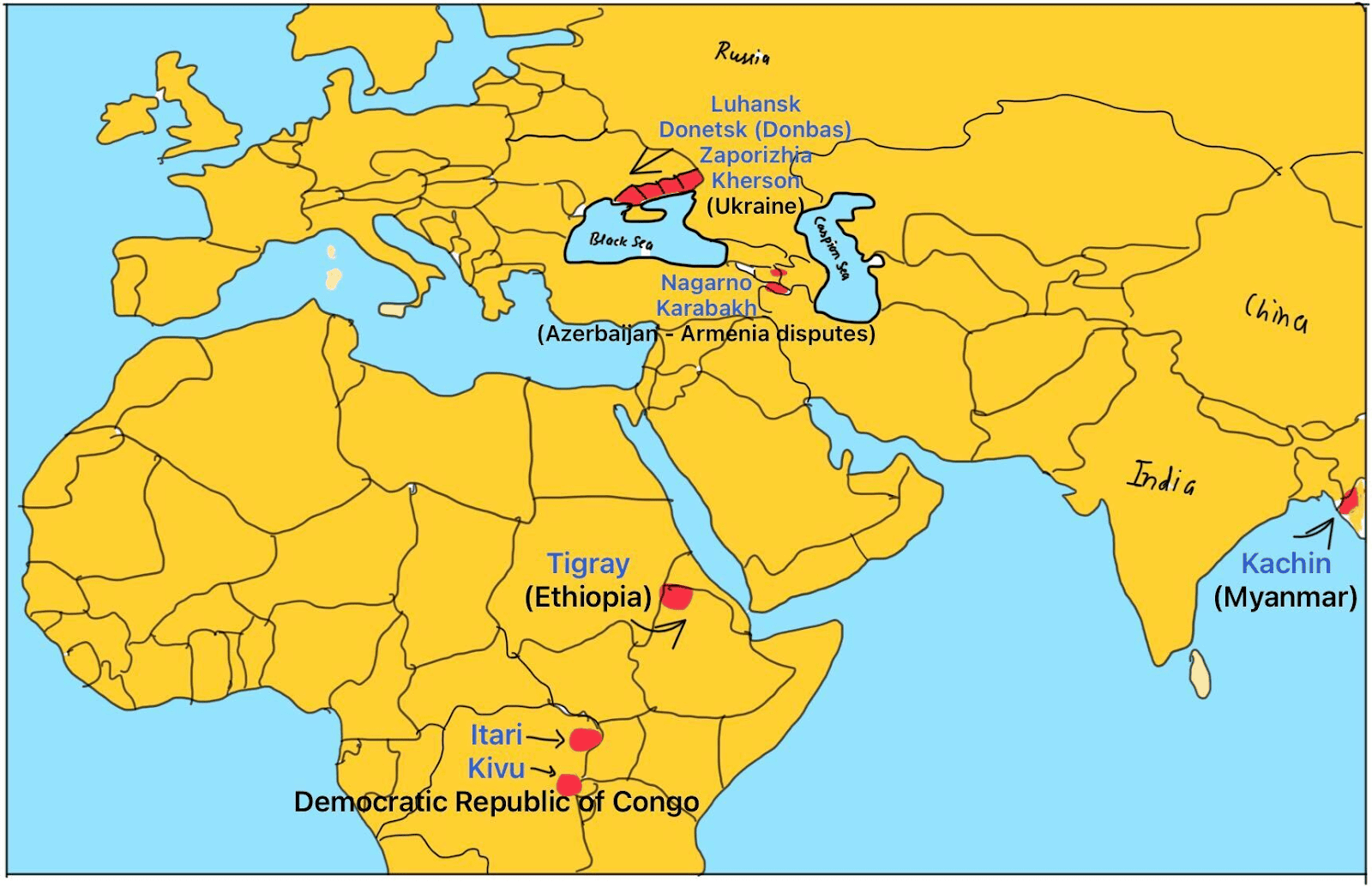UPSC Prelims 2023 Analysis
Subject-Wise MCQ Distribution
- Environment & Ecology had the highest weight (17 questions), as expected due to the combined exam of CSE and IFS. Many questions required analytical abilities and knowledge of maps to answer correctly.
- Economy (16 questions) and Polity (15 questions) remained major focus areas. A combination of static NCERT concepts and current economic updates like the budget was essential.
- History questions predominantly focused on Art and Culture, while the remaining topics were evenly distributed among Ancient, Medieval, and Modern History. Many required knowledge of historical maps to contextualize answers.
- International Relations (10 questions) was a major surprise, emphasizing geopolitical events. Reading newspapers and investing time in Atlas and maps was helpful for tackling these questions.

Difficulty Analysis
- Easy Questions (20): Required basic NCERT knowledge.
- Medium-Level Questions (45): Demanded strong analytical abilities and multi-concept integration (e.g., linking budget policies with economic fundamentals).
- Hard Questions (35): Designed to test deep conceptual clarity and the ability to tackle match the following and assertion-based formats.

Variations in Question Framing
- The largest portion of the paper (47 questions) comprised multi-statement, non-eliminable questions, requiring candidates to determine how many statements were correct (e.g., "Only one," "Only two"). This tested analytical abilities and assertion-reasoning skills.
- UPSC deliberately reduced reliance on elimination techniques, making conceptual clarity even more crucial.
- 18 Assertion-Reason-based questions added further complexity.
- The impact of this difficulty was reflected in the cut-off marks—the general category cut-off was just 75.41, the lowest in UPSC history.

Static vs Current Affairs Distribution
- Static Questions (63%): Covered core UPSC Prelims test paper themes, such as constitutional articles, historical events, and core geography topics.
- Current Affairs (37%): Focused heavily on global events, including wars, regime changes, and resource distribution (e.g., cobalt production). These often required analyzing maps and integrating static knowledge with recent developments.
Key Learnings for Future Preparation
- The UPSC Prelims 2023 exam tested a mix of conceptual clarity, analytical abilities, and current affairs awareness.
- High-weightage subjects like Environment, Economy, and Polity should be prioritized.
- Strengthening NCERT basics is crucial, especially for Polity, History, and Geography.
- Developing analytical abilities will help tackle assertion-reason and match the following questions effectively.
- Maps are essential for Geography, International Relations, and Environment topics.
- Aspirants must prepare for diverse question formats, including multi-statement, assertion-based, and budget-related economic questions.
Subject-Wise Answer Key
QUESTION 1
Medium
International Relations
Prelims 2023
In the recent years Chad, Guinea, Mali and Sudan caught the international attention for which one of the following reasons common to all of them?
A. Discovery of rich deposits of rare earth elements
B. Establishment of Chinese Military bases
C. Southward expansion of Sahara Desert
D. Successful coups
QUESTION 2
Hard
International Relations
Prelims 2023
Consider the following pairs : Area of conflict mentioned in news Country where it is located
- Donbas : Syria
- Kachin : Ethiopia
- Tigray : North Yemen
How many of the above pairs are correctly matched?
A. Only one
B. Only two
C. All three
D. None
QUESTION 3
Medium
International Relations
Prelims 2023
Consider the following statement :
- Recently, all the countries of the United Nations have adopted the first-ever compact for international migration, the 'Global Compact for Safe, Orderly and Regular Migration (GCM)'.
- The objectives and commitments stated in the GCM are binding on the UN member countries.
- The GCM addresses internal migration or internally displaced people also in its objectives and commitments.
How many of the above statements are correct?
A. Only one
B. Only two
C. All three
D. None
QUESTION 4
Medium
International Relations
Prelims 2023
Which one of the following countries has been suffering from decades of civil strife and food shortages and was in news in the recent past for its very severe famine?
A. Angola
B. Costa Rica
C. Ecuador
D. Somalia
QUESTION 5
Hard
International Relations
Prelims 2023
Consider the following statements : The 'Stability and Growth Pact' of the European Union is a treaty that
- limits the levels of the budgetary deficit of the countries of the European Union
- makes the countries of the European Union to share their infrastructure facilities
- enables the countries of the European Union to share their technologies
How many of the above statements are correct?
A. Only one
B. Only two
C. All three
D. None
QUESTION 6
Medium
International Relations
Prelims 2023
Consider the following statements about G-20:
- The G-20 group was originally established as a platform for the Finance Ministers and Central Bank Governors to discuss the international economic and financial issues.
- Digital public infrastructure is one of India's G-20 priorities.
Which of the statements given above is/are correct?
A. 1 only
B. 2 only
C. Both 1 and 2
D. Neither 1 nor 2
QUESTION 7
Medium
International Relations
Prelims 2023
Consider the following pairs : Regions : often Reason for being in news
- North Kivu and Ituri : War between Armenia and Azerbaijan
- Nagorno-Karabakh : Insurgency in Mozambique
- Kherson and Zaporizhzhia : Dispute between Israel and Lebanon
How many of the above pairs are correctly matched ?
A. Only one
B. Only Two
C. All three
D. None
QUESTION 8
Hard
International Relations
Prelims 2023
Consider the following infrastructure sectors:
- Affordable housing
- Mass rapid transport
- Health care
- Renewable energy
On how many of the above does UNOPS Sustainable Investments in Infrastructure and Innovation (S3i) initiative focus for its investments?
A. Only one
B. Only two
C. Only three
D. All four
QUESTION 9
Medium
International Relations
Prelims 2023
Consider the following statements: Statement-I :Israel has established diplomatic relations with some Arab States. Statement-II :The 'Arab Peace Initiative' Mediated by Saudi Arabia was signed by Israel and Arab League.
Which one of the following is correct in respect of the above statements?
A. Both Statement-I and Statement-II are correct and Statement- II is the correct explanation for Statement-I
B. Both Statement-I and Statement-II are correct and Statement- II is not the correct explanation for Statement-I
C. Statement-I is correct but Statement-II is incorrect
D. Statement-I is incorrect but Statement-II is correct
QUESTION 10
Medium
International Relations
Prelims 2023
Consider the following statements : Statement-I: Recently, the United States of America (USA) and the European Union (EU) have launched the 'Trade and Technology Council' Statement-II: The USA and the EU claim that through this they are trying to begin technological progress and physical productivity under their control.
Which one of the following is correct in respect of the above statement?
A. Both Statement-I and Statement-II are correct and Statement-II is the correct explanation for Statement-I
B. Both Statement-I and Statement-II are correct and Statement-II is not the correct explanation for Statement-I
C. Statement-I is correct but Statement-II is incorrect
D. Statement-I is incorrect but Statement-II is correct

